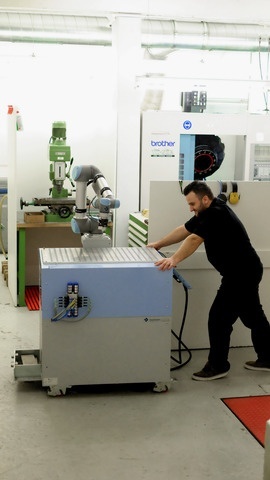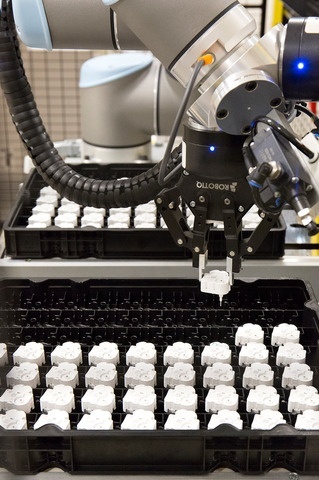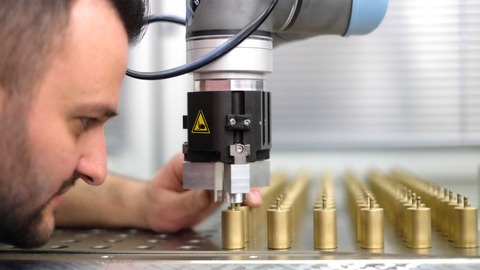-
- bimba
- Universal Robots
- dorner
- cobots
- industrial automation nj/ny
- The Knotts Company
- manufacturing
- Dorner Conveyors,
- The Knotts Co
- UR
- Robots
- PLC
- Unitronics
- automation
- humphrey products
- knotts company
- solutions
- HMI
- automation solutions
- cobot
- conveyors
- robotics
- aluminum extrusion
- aluminum extrusion in nj
- engineered solutions
- Robotiq
- air cylinder
- collaborative robots
- cost effective
- cost savings
- t-slotted extrusion
- bimba solutions
- collaborative robot
- technology
- MiR
- Humphrey
- IAI
- WAGO
- assembly
- bimba pneumatic
- machine guard
- smartflex conveyors
- solution
- 2200 Series
- cylinder
- electric cylinder
- motion control
- packaging
- pharmaceuticals
- sanitary conveyor
- Products
- automated palletizing
- automation control
- conveyor
- core competencies
- grippers
- palletizing
- resource
- robot
- AquaPruf
- Asycube
- Asyril
- Belt Conveyors
- Cage Clamp
- Food
- Machine Guarding
- Mobile Robots
- Norgren
- OptoForce
- Pneumadyne
- Pneumatic Valve
- ROBO Cylinder
- UR5
- actuators
- compressed air
- custom solution
- food safety and sanitation
- mobile industrial robot
- quality assurance
- robotics solutions
- safety
- stainless steel conveyors
- vision
- Belts
- Benefits
- Beverage
- Bimba IntelliSense®
- CT Effects
- PLC+HMI
- Proportion Air
- Proportional valve
- Questions
- Success
- UR10
- Vaccon
- automated inspection
- gripper
- improvement
- industrial vision
- intelligent actuator
- labeling application
- labor shortage
- life science
- medical
- medical industry
- pneumatic motion control
- sales process
- sensor
- thomas
- valve
- 3200 series
- 6-axis robot
- 80/20
- Acro
- Automate
- LMI
- Machine
- OnRobot
- Original Line Cylinder
- Pinch Valve
- Precision Technology
- Predictive Maintenance
- Preventive Maintenance
- Product News
- ROBO Cylinders
- ROI
- Reducing Costs
- automated mobile robot
- autonomous mobile robot
- connectors
- controls
- covid
- custom solutions
- customer service
- e-Series
- electric actuator
- electro-mechanical
- end of arm tools
- energy plant
- ethercat
- external resource
- flexmove technology
- guarding
- inspection
- machine control
- manufacturers
- monitoring
- motion
- new product
- outsource
- outsourcing
- packing
- pneumatic actuator
- pneumatic valves
- precision move
- quick response solution
- regulator
- sales tools
- steel frame
- vacuum
- vacuum technology
- welded steel frame
- 7X Series Conveyor
- AMR
- Advantages
- Application
- Applied Motion Products
- Asycube 530
- Asyfeed Pocket
- Balanced Valves
- CNC program
- Continuity Inspection Tool
- Control Panel
- Controllers
- Crowned Pulley
- F22 Series
- Factory Improved Productivity
- Filtration
- Fire Fighting
- Flexible Feed
- Freeze protection
- Gas
- High Pressure Regulator
- IP65
- Inspekto
- IntelliPress
- Intellisense
- International Manufacturing Technology Show 2016
- LARGO A5
- Legos
- MIRAI
- Machine Controllers
- Machine Vision
- Micropsi
- NJ
- NY
- New
- New Scale Robotics
- OEE
- Oil
- Optimization
- PACK EXPO
- PC10
- Parison Blow Molding
- Pick-it
- ProControl Series
- ROEQ
- Rain Test
- Resin Block
- Rio Olympics
- SCHUNK
- Sanitation
- Sensors
- Smart Manufacturing
- Spot Welding
- TRD
- Temperature Controller
- Training
- Trio Manufacturing Technology
- Twist Clamp
- UR3
- UniStream
- Universal
- V-guide
- Valve Assemble
- Vane-Buster
- Versagrip
- Versagrip solenoid pinch valves
- Victory Actuator
- Vision430
- XTR Series
- Yamaha
- balanced solenoid valve series
- bimba electric
- bottle filling
- brewery
- brushless motor
- buna
- center point
- chicane
- cloud
- cobot compliance
- collaborative operation
- compact series
- composite cylinder
- conference
- cost
- date code
- demonstration
- desiccant drier
Get the latest in your inbox.
This post is brought to you by Universal Robots.
Finding common ground in a world of numerous environments.
Compared to traditional industrial sectors, robotics is a relatively young field with only about 40 years of deployment history in workplace environments. Technology within this field however is advancing incredibly fast and thus, compliance needs to be adaptable to keep pace with these rapid changes. Another challenge is how to convey the myriad facets of compliance comprehensibly to end customers and integrators to clear up issues such as: When is a robot system really compliant? And what are the requirements to which the robot and robot system have to comply?
Roberta Nelson Shea, our Chief Technical Compliance Officer, shares some insights into the challenges and importance of compliance in a company deploying robotics:
What is Compliance in a Robotic context?
The first thing, which has to be clarified for the topic of compliance, is always in what industry and for which purpose will this robot system be used. Compliance requirements differ from application to application, e.g EMC thresholds, temperature, indoors/outdoors, performance or repeatability and work environment. The robot is the arm or manipulator with its controller, while the robot system is the robot plus the end-effector for the intended application or use. For other work environments, e.g electronics, pharma-production or foods, there could be additional requirements, such as cleanroom use or wash-down.
Depending on the application and industry, there are very different expectations. This is also true for compliance in a safety context, especially when it comes to human-robot-collaboration without additional safeguards (“cage-free”).

What are the challenges for Compliance in Robotics?
As the Universal Robots robot arms are mountable in many different ways, e.g. to a wall, upside-down or on top of a table or mobile platform, and equipped with various end-effectors, the manufacturer faces further challenges: Will the robot system remain compliant for collaborative and cage-free use after the addition of end-effector and parts?
First, some questions need to be answered. The parameters needed – payload, reach, performance, etc. – have to be clarified for both the robot and the additions that make a robotic system. From a compliance point of view, many different additional factors exist when a cage-free collaborative application is desired. All of these need to be taken into account. At Universal Robots, we tackle this challenge in two ways: First, we only guarantee compliance of our ‘partial machine’ – i.e. the robot arm – to enable its use in collaborative applications. Second, we emphasize to our distributors and to the end customers that a risk assessment is required to make the robot application (robot + addition) compliant, e.g. to safety standards and technical specifications such as ISO/TS 15066.

Furthermore, manufacturers need to be precise in their communication with their customers and partners. Robot manufacturers can only guarantee the compliance of their product to their specifications and approvals. These can be that the robot has a repeatability of 0.1 mm or that the robot arm complies to be used in accordance with ISO/TS 15066 including Annex A. This Annex A covers a range of force and pain threshold values in which a collaborative robot system can be used without guards and protective devices.
As a manufacturer, we do our utmost to inform our distributors and end-customers about the intended use as comprehensively as possible. However, our robots are being used in many different sectors that we cannot cover all the applications, our partners and end customers might come up with. Nevertheless, we are pleasantly surprised with all the imaginative applications developed by our customers so far and will come up with in the future.
Who is responsible to test for Compliance?
Manufacturers worldwide do their utmost to ensure compliance of their products to the intended use and to as many use cases as they can envision, if reasonable. However, just as robotic technology is ever advancing, so is the ingenuity of integrators and end users. Therefore, as inventive integrators will uncover unprecedented ways to use and develop robot applications, they have to ensure that the complete application complies with applicable requirements. For cage-free collaborative applications, these requirements depend on the robot’s work environment, force values, shape and weight of the end-effector and part and the maximum permissive speed of the robot to remain within selected pressure and force values.

We need common ground:
There is no unified means to test whether an application meets the free-space values and many have come up with their own testing methods. This results in different forces being measured. Thus, differences can arise in determining the appropriate limits which each robot should be configured so that the application complies in order to be deemed cage-free collaborative applications. Therefore, compliance managers need a common and comprehensively accepted tool to measure and simulate the quasi-static and transient contact values for a given application speed. These are some of the next challenges for standardization to aid in the compliance collaborative and “cage-free” robotics technology.
Interested in a Universal Robot?
Interested in Learning More?
Please fill out our contact form, and a member of the Knotts Team will get in touch to help you.
%202.png?width=323&height=215&name=PH_VA_VR_Series_Technical_Support%20(1)%202.png)



